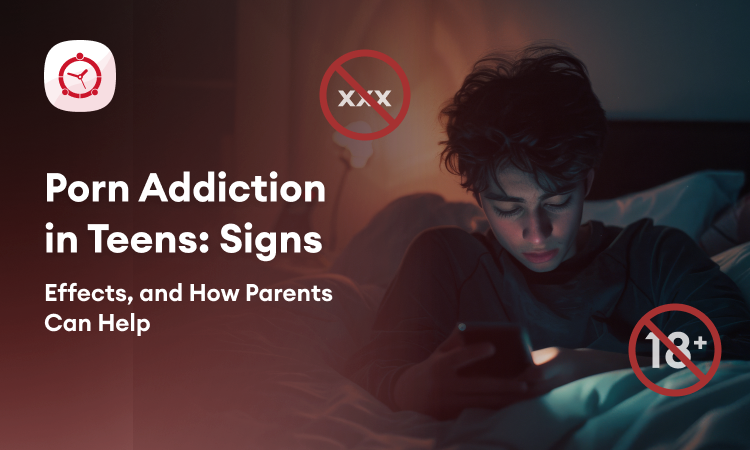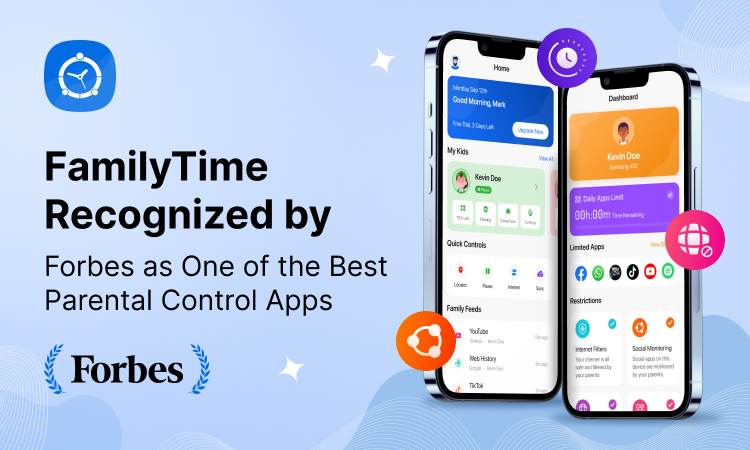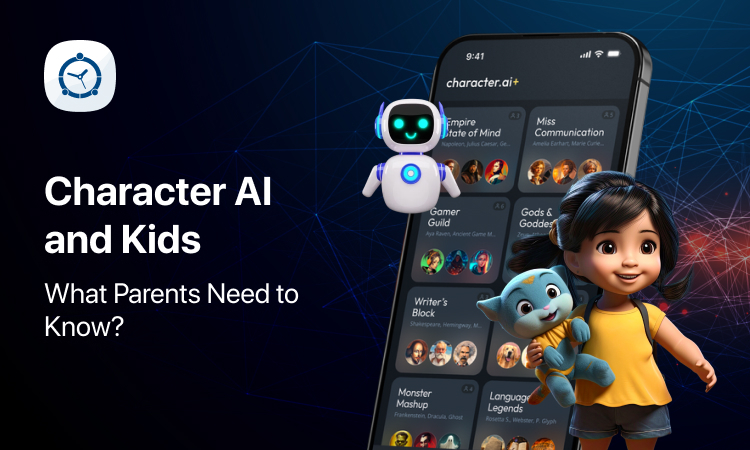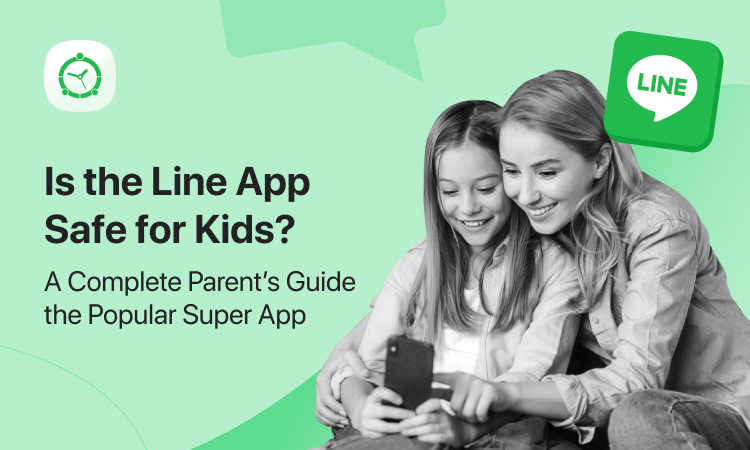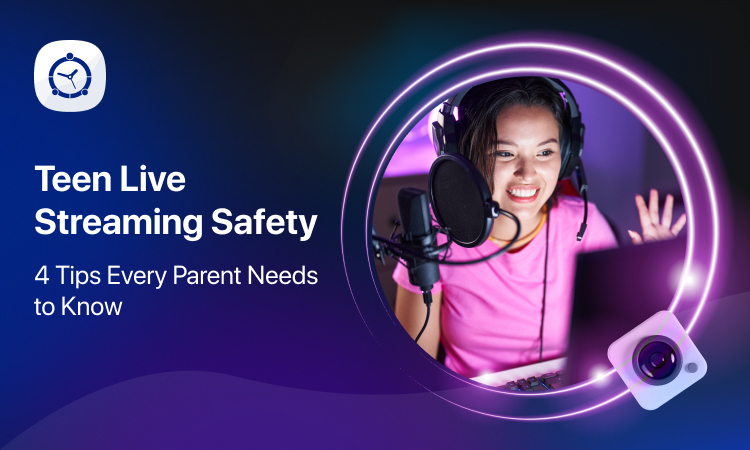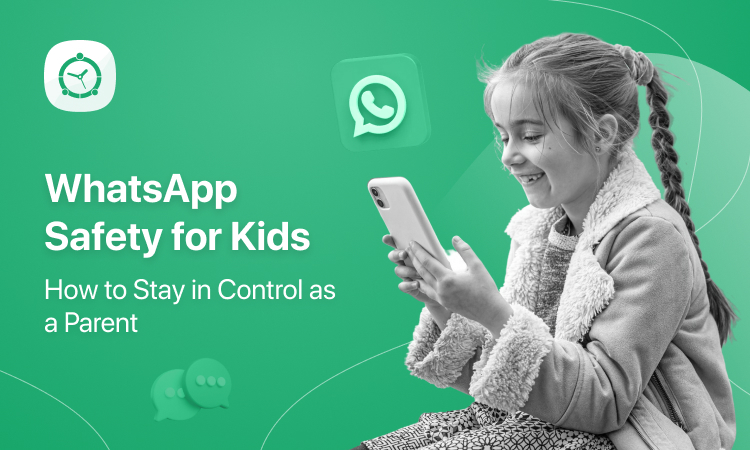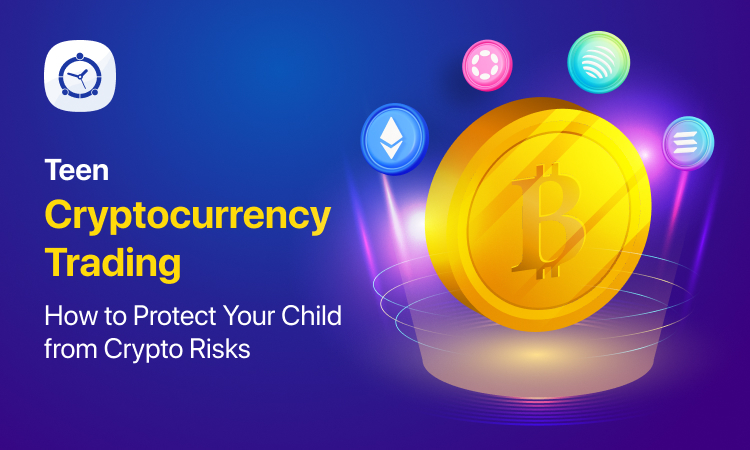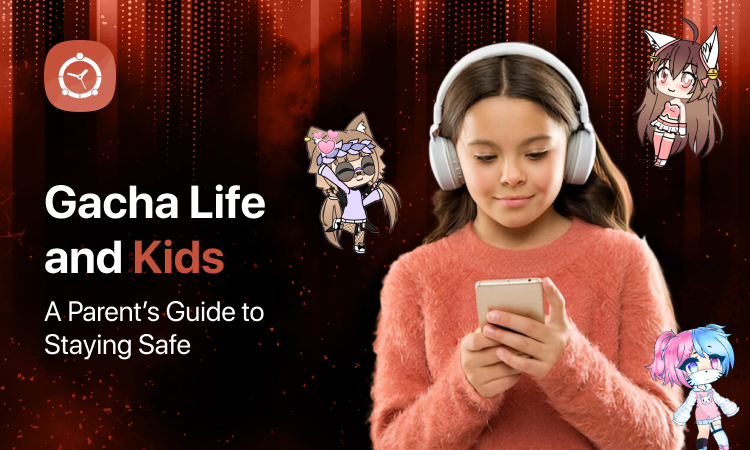Today, teens can access pornography more easily than ever. Phones, tablets, and laptops provide constant internet access, making porn just a few taps away. Unsurprisingly, many parents worry about what their teens might be seeing online.
Curiosity about sex is natural for teens, but early and frequent porn exposure can be harmful. It can affect a teen’s emotions, relationships, and even brain development. That’s why it’s so important for parents to stay informed and involved.
Although the topic can feel uncomfortable, having open conversations about porn and online safety can make a lasting difference in your teen’s life.
Why Teen Porn Use Matters
Most teens see pornography before they’ve had any real discussion about sex. According to Common Sense Media, 73% of teens aged 13–17 have seen online porn. Even more concerning, over half were exposed before they turned 13.
While boys are more likely to view porn, girls are exposed too. Regardless of gender, repeated viewing can lead to confusion, unrealistic beliefs, and emotional distress.
Because of growing concerns, many families are turning to tools like FamilyTime. This parental control app lets you block adult content, set screen time limits, and track digital habits. As a result, you gain better control and peace of mind.
How Porn Affects the Developing Brain
Teen brains are still growing. In particular, areas responsible for self-control, decision-making, and emotion are not fully developed. When teens watch porn, their brain releases dopamine, which creates a feeling of pleasure. Over time, the brain can start craving that same high again and again.
As exposure increases, so does the risk of addiction-like behavior. In addition, frequent porn use has been linked to:
- Anxiety and depression
- Poor grades and lack of focus
- Isolation from friends or family
- Negative self-image or body shame
Moreover, much of the content online shows harmful or unrealistic sex. It rarely shows consent, emotion, or respect. Therefore, teens may form unhealthy beliefs about relationships and intimacy.
What Is Porn Addiction?
Some teens watch porn out of curiosity. However, others may develop a habit they can’t control. When viewing becomes frequent, compulsive, and harmful, it may be considered a form of addiction.
Currently, “porn addiction” isn’t an official medical diagnosis. Yet many professionals treat it under Compulsive Sexual Behavior Disorder (CSBD). This includes behaviors that feel out of control and cause serious consequences.
You might notice signs such as:
- Failed attempts to stop watching
- Viewing porn despite negative effects
- Spending increasing time online
- Avoiding school, hobbies, or friends
- Needing more intense content over time
- Using porn to manage boredom, stress, or sadness
If these behaviors last more than six months and cause distress, it’s time to take action.
Warning Signs to Look For
Teens won’t always talk about what they’re going through. Therefore, it helps to watch for changes in behavior. Here are some signs your teen may be struggling:
- Increased secrecy around phones or devices
- Using private browsing or clearing history often
- Getting defensive when asked about screen time
- Staying up late or losing sleep
Falling behind in school - Avoiding family or friends
- Mood swings, irritability, or low motivation
- Viewing more extreme or violent content
- Feeling anxious, guilty, or ashamed
Although these don’t confirm addiction, they’re strong reasons to start a conversation.
How Parents Can Help
You don’t need to be a tech expert to support your teen. What matters most is building trust and keeping communication open.
1. Talk Early and Keep Talking
Start the conversation before problems arise. Speak openly about sex, values, and respect. If your child has already seen porn, avoid shame. Instead, you can say:
“There’s a lot online that can be confusing. I’m here if you ever want to talk.”
Keeping your tone calm and judgment-free helps your teen feel safe.
2. Explain That Porn Isn’t Real
Teens may not realize that porn is scripted and exaggerated. Therefore, it’s important to explain that it doesn’t reflect real relationships or healthy intimacy.
Let them know that mutual respect, consent, and emotional connection matter more than what they see on a screen.
3. Set Clear and Healthy Boundaries
Structure helps teens feel safe. You can reduce exposure by:
- Keeping phones out of bedrooms at night
- Having screen-free time during meals or family time
- Limiting daily screen use
To support these rules, use FamilyTime. This tool lets you:
- Block explicit websites and risky apps
- Set daily time limits
- Track screen activity
- Get alerts about concerning behavior
Be honest about using these tools, and explain they’re for protection, not punishment.
4. Encourage Real-Life Activities
Teens who feel engaged and confident are less likely to turn to porn. Help your teen build self-esteem and connection by encouraging:
- Hobbies like sports, music, or art
- Time with friends and family
- Outdoor activities or exercise
- Mindfulness, journaling, or creative expression
Small daily habits can have a big impact over time.
When to Seek Professional Help
If your teen continues to struggle despite your support, don’t hesitate to get professional help. A licensed therapist can offer support, practical tools, and guidance for both you and your teen.
Helpful treatments include:
- Cognitive Behavioral Therapy (CBT): Teaches healthier thoughts and habits
- Group Therapy: Offers peer support and shared experiences
- Mindfulness-Based Therapy: Helps manage urges and reduce stress
- Family Therapy: Improves communication and trust at home
Seeking help is not a sign of failure. Rather, it shows your commitment to your child’s wellbeing.
Final Thoughts
Not every teen who watches porn becomes addicted. However, early and frequent exposure can still cause lasting effects. That’s why it’s so important to stay involved, stay informed, and offer support.
Start talking early. Set healthy boundaries. Use tools like FamilyTime to create a safer digital space. Most importantly, be present, listen with empathy, and stay connected.
Because your guidance and care can make all the difference.

